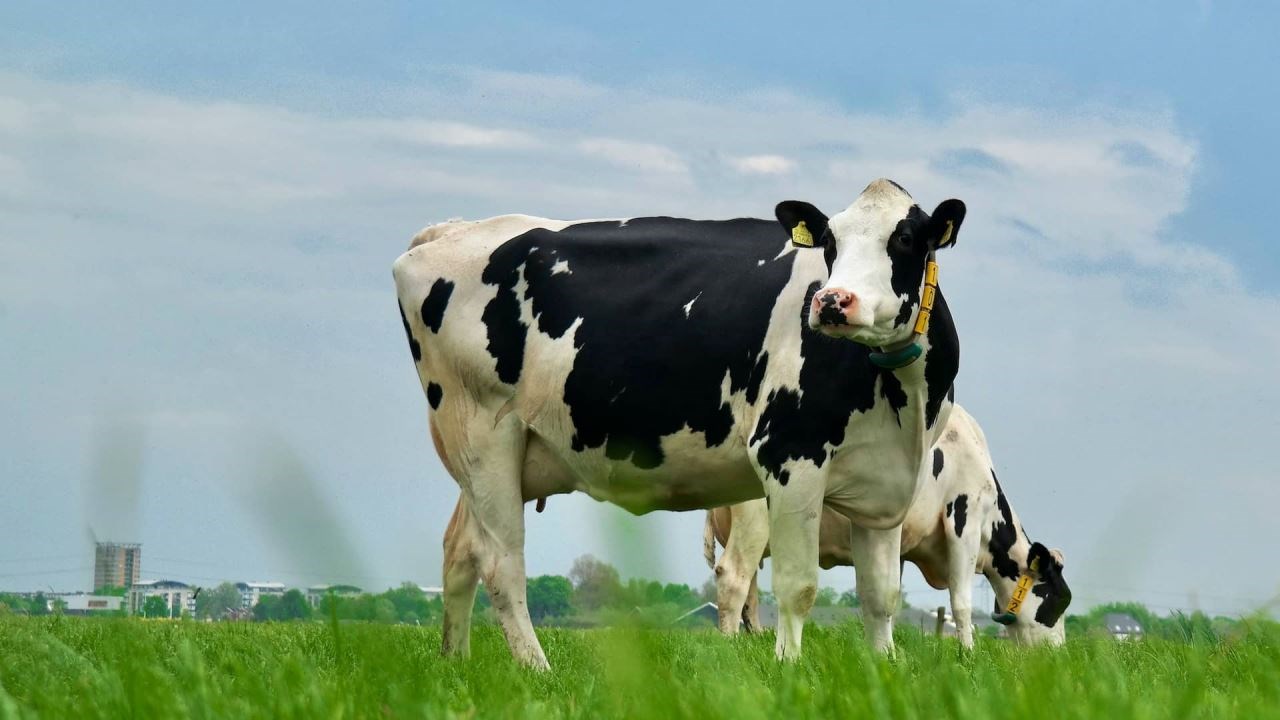With current milk prices, cull prices and heifer prices, every day over a calving interval of 365 days is costing you in the region of £5 -6/cow/day. So, for a 200 cow herd, with a calving index of 395, the estimated impact on the bottom line profit is in the region of £30,000.
Good fertility in dairy cows
Good fertility performance in your herds is essential for efficient milk production, and often we find that submission rates are having a bigger impact than conception rates.
Block calving - If you are a block calving herd, there is very limited opportunity to achieve a tight block for the next calving season unless your submission rates are excellent. In the first 3 weeks of the breeding season you need to be serving at least 90% of the eligible cows. On an all year round calving herd the target is to serve 80% of the cows in their first eligible cycle.
Preparation and anticipation is vital for success. Good transition and fresh cow management is essential to ensure that the cow is ready to breed again and bulls well at the correct time. After that, it is all about knowing which cows are likely to be bulling, spotting them and serving them, and then looking out for them returning at their next normal cycle.
We have reviewed the 21 day submission rates being achieved on our Autumn block calving herds, and as you would expect there is quite a range in performance from 60.5 – 87.5%. These results are from a range of herds with different milk yields, heat detection systems, cow breeds and staffing levels. The top 5 results are as follows:
| 21 Day Submission Rate |
| 87.5% |
| 86.1% |
| 84.8% |
| 84% |
| 82% |
But it is important for all herds to routinely review submission rates and look at how they can be improved, because lots of things change over time on a farm and one management change can have a significant effect on something else.
Reviewing Your Farm submission rates
We can easily review your farm submission rates at our meetings, but it is essential that we are analysing the correct and most up to date information you have. This relies on making sure your records have all cow services and PD positive and negative results recorded, and if you do not intend to re-serve a cow designate her as a ‘due to be culled’ one.
We will focus on:
- Dry Cow Management – are cows being dried off in the correct condition and is that condition being maintained properly during the dry cow period?
- Transition Management – are cows on the correct diet for a minimum of 21 days pre calving, with sufficient feeding and water space?
- Fresh Cow Management – is the move from transition to lactation as stress free as possible. The energy density and intake of the diet is early lactation is very important, as this will ensure she is in a positive energy balance.
- Heat Detection – Using your records so that you know which cows may be coming into bulling is half the battle. Allowing time within the day to observe heats is also important, even if you are using other heat detection aids. Making sure the yards have a secure surface and that the areas are well lit will encourage your cows to show bulling behaviour. All staff members should be trained in spotting heats as sometimes the cow signs are minimal. Heat detection systems are a great tool and good for picking up silent bullers, but they are not good if they stop staff looking at cows altogether as some cows will be missed as well as other health related things. Ensure all heats are recorded prior to starting serving, and making sure all non bullers are presented to your vet by day 42 will help your submission rate to first service.
- Pregnancy Diagnosis – regular PD sessions help you monitor what is happening to conception rates at the earliest opportunity, but also get your non pregnant cows back on the radar to be re-served as soon as possible. A great investment in our opinion, especially in block calving herds.
- Cow Grouping – if you are seeing a particularly lower submission rate with heifers it would be beneficial to group these separately as older cows can push them around and prevent them from bulling.
If you would like to review the fertility performance of your herd in more detail please let us know at our next farm visit. We are always here to help you.



